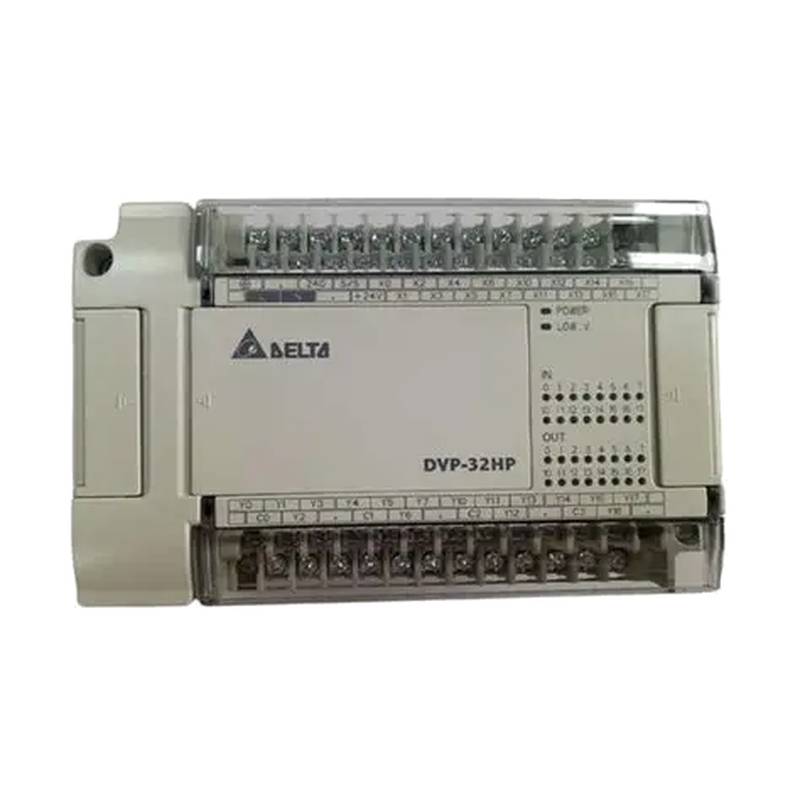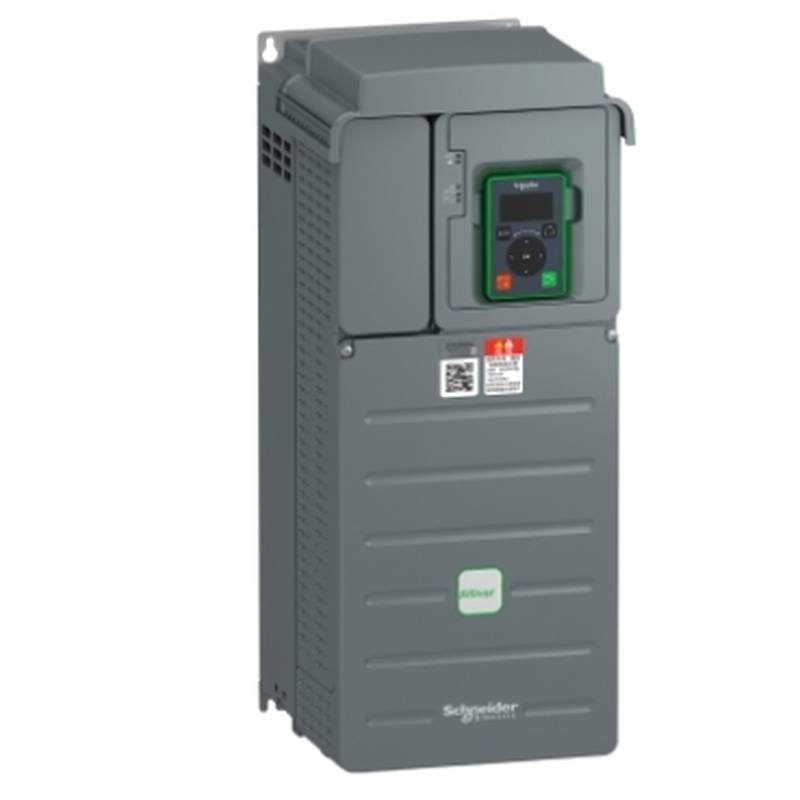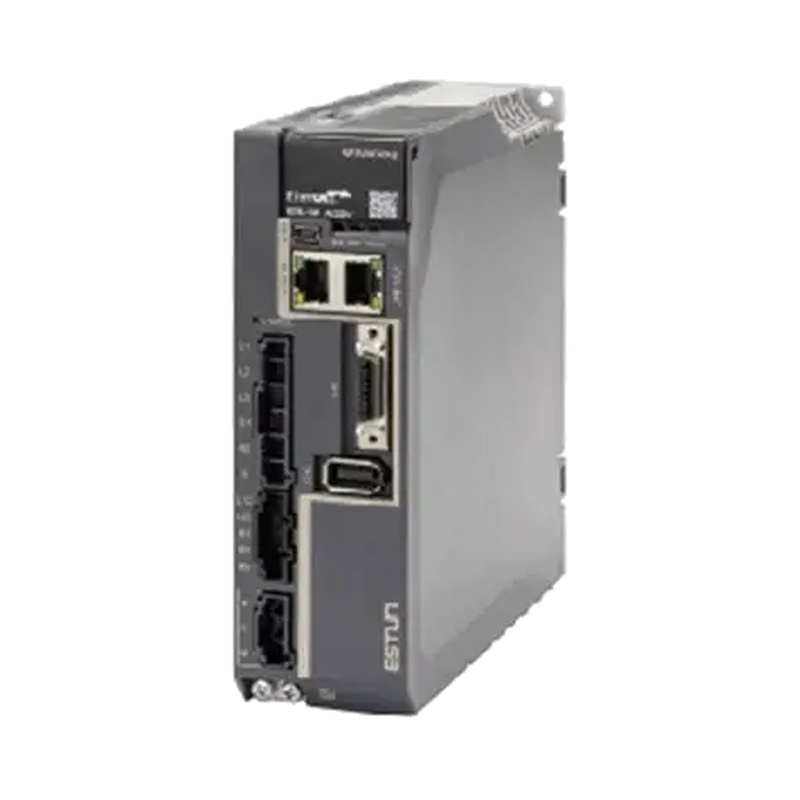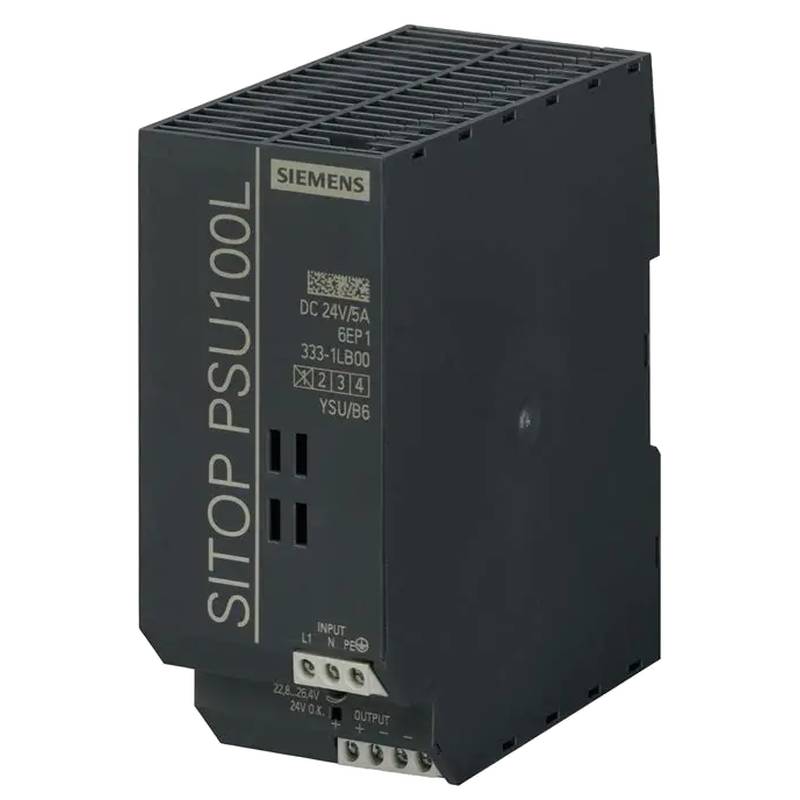
The ABB 3HNA026342-001 is a crucial component for modernizing industrial automation, specifically designed as a fiber optic sensor interface unit for control cabinet integration with ABB robots. This unit offers significant advantages, including enhanced data transmission speed and reliability due to its fiber optic capabilities, improved noise immunity in demanding industrial environments, and seamless compatibility with ABB's robotic systems, ensuring efficient and precise operation. Key technical parameters include its robust construction, designed for industrial use, and its role as a bridge between sophisticated sensors and the robot controller.
ABB 3HNA026342-001: Product Specifications
| Feature | Specification |
| :---------------------- | :------------------------------------------- |
| Product Name | Fiber optic sensor interface unit |
| Manufacturer | ABB |
| Model Number | 3HNA026342-001 |
| Intended Use | Control cabinet integration for ABB robots |
| Connectivity | Fiber optic |
| Environmental Rating | Industrial-grade |
| Compatibility | ABB robotic systems |
Core Features & Market Positioning
The ABB 3HNA026342-001 distinguishes itself in the market through its advanced fiber optic interface, which provides superior data integrity and bandwidth compared to traditional copper-based solutions. This enhanced performance is critical for high-speed, complex robotic applications where sensor feedback must be immediate and accurate. Its design prioritizes robust connectivity, minimizing signal degradation and susceptibility to electromagnetic interference, a common challenge in factory automation. This positions the unit as a premium solution for industries demanding peak operational efficiency and reliability, directly supporting ABB's commitment to cutting-edge robotics and automation technology.
Key Application Scenarios
This fiber optic sensor interface unit is ideally suited for applications requiring high-density sensor integration and high-speed data acquisition within ABB robotic workcells. It excels in automotive manufacturing, where precise vision system feedback is paramount for quality control and assembly tasks. Furthermore, it is invaluable in the electronics industry for intricate pick-and-place operations and assembly lines demanding high accuracy and repeatability. The unit's ability to handle the high data throughput from advanced sensors makes it a cornerstone for machine tending, palletizing, and welding applications where real-time performance dictates productivity and product quality.
Practical System Integration Guidance
Integrating the ABB 3HNA026342-001 into existing ABB robot control cabinets is streamlined due to its purpose-built design. Installation typically involves securing the unit within the cabinet and connecting the fiber optic cables from the sensors to the designated ports on the interface. Power is supplied via the control cabinet's internal power distribution. For communication with the robot controller, standard I/O or fieldbus connections are utilized, depending on the robot's specific configuration. Configuration within the robot's programming environment, such as RobotStudio, involves mapping the sensor inputs to relevant program logic, ensuring that the robot can interpret and act upon the data received through the fiber optic interface.
Operation and Risk Mitigation
Operating the ABB 3HNA026342-001 involves ensuring proper fiber optic cable management to prevent damage and maintain signal integrity. Regular inspection of fiber optic connectors for cleanliness and secure seating is crucial. In terms of risk mitigation, the unit's industrial-grade design inherently enhances reliability, reducing the risk of operational downtime. Should issues arise, common troubleshooting steps involve verifying power supply, checking all cable connections (both fiber optic and electrical), and reviewing the robot controller's diagnostic logs for specific error codes related to sensor input. Referencing the official ABB robot documentation for the specific controller model is essential for detailed fault analysis.
Scalability & Long-Term Value
The ABB 3HNA026342-001 offers significant long-term value through its inherent scalability and compatibility with ABB's evolving robotics ecosystem. Its fiber optic interface is future-proof, capable of supporting the increasing data demands of next-generation sensors and vision systems. Integration with ABB's advanced software platforms and the Industrial Internet of Things (IIoT) enables enhanced data analytics, predictive maintenance, and remote monitoring capabilities, driving further operational efficiencies. Its compatibility with a wide range of ABB robot models ensures that it can be leveraged across multiple automation projects, providing a consistent and reliable sensor interfacing solution for years to come.
Frequently Asked Questions (FAQs)
Q1: What are the primary benefits of using fiber optic sensors with ABB robots?
Fiber optics offer superior signal integrity over long distances. They are immune to electromagnetic interference, crucial in industrial settings. This leads to more reliable sensor data for ABB robot control.
Q2: How does the ABB 3HNA026342-001 enhance robot performance?
It allows for higher bandwidth sensor data transmission. This enables faster processing of complex tasks. Improved accuracy and responsiveness of the ABB robot are direct results.
Q3: Is the 3HNA026342-001 compatible with all ABB robot models?
Compatibility depends on the specific robot controller and its I/O configuration. It's designed for ABB's advanced control cabinets. Always verify system requirements with ABB documentation.
Q4: What are the installation requirements for this interface unit?
It requires mounting within an ABB robot control cabinet. Secure fiber optic connections and standard electrical power are necessary. Proper cable management is essential for reliability.
Q5: Can this unit be used with non-ABB sensors?
Yes, as long as the sensors output signals compatible with the interface unit's input specifications. The unit acts as a translator for various sensor data types. Ensure signal compatibility.
Q6: How do I troubleshoot common issues with this fiber optic interface?
Check power supply and all cable connections thoroughly. Inspect fiber optic cables for damage or dirt. Review robot controller diagnostics for error codes.
Q7: What is the typical data transmission speed supported by fiber optics?
Fiber optics can support extremely high data rates, often measured in gigabits per second. This far exceeds traditional copper cabling capabilities. It ensures real-time data for ABB robots.
Q8: Does this unit require special programming within the robot controller?
Yes, sensor inputs need to be mapped within the robot's programming environment. This allows the ABB robot to interpret and utilize sensor data. Standard ABB programming tools are used.
Q9: What environmental conditions can the 3HNA026342-001 withstand?
It is designed for industrial environments, offering robust protection. It handles typical factory conditions like dust and temperature fluctuations. Specific ratings should be checked in datasheets.
Q10: How does this unit contribute to Industry 4.0 initiatives?
It enables seamless integration of advanced sensors for data collection. This supports IIoT connectivity for analysis and optimization. It's a key component for smart factory automation.

























